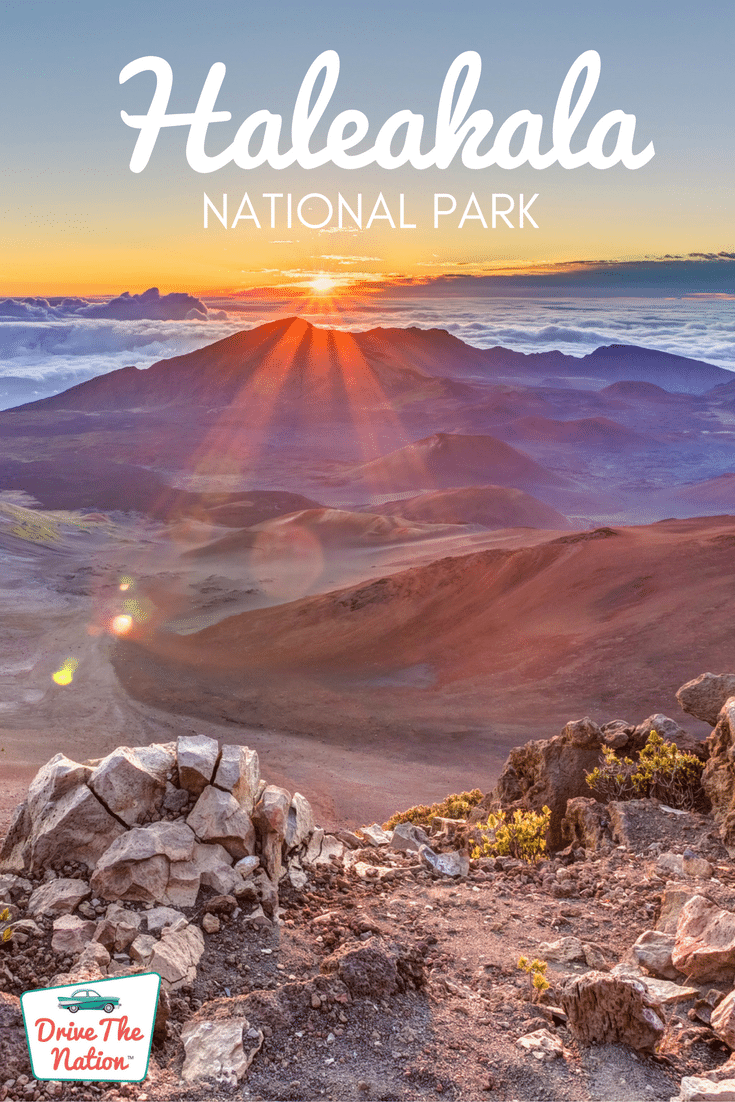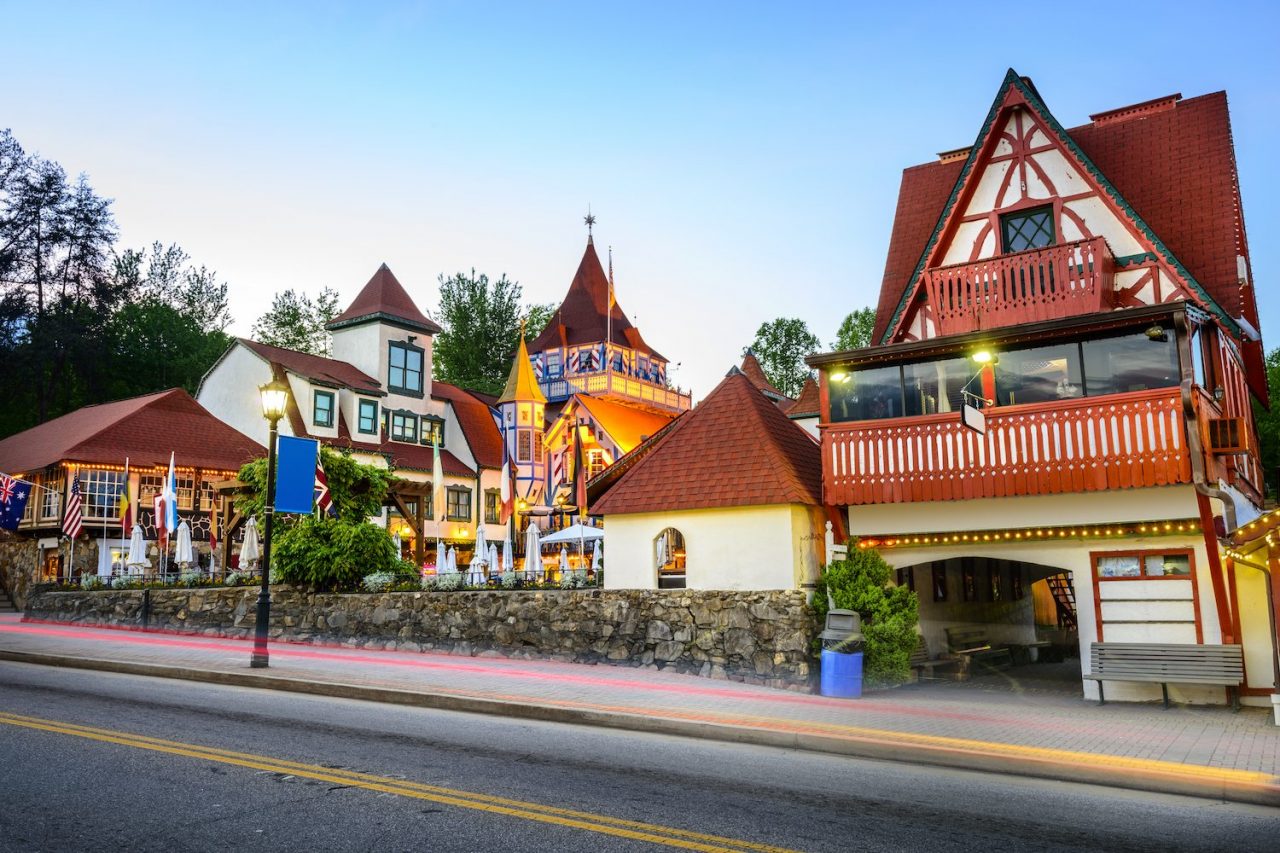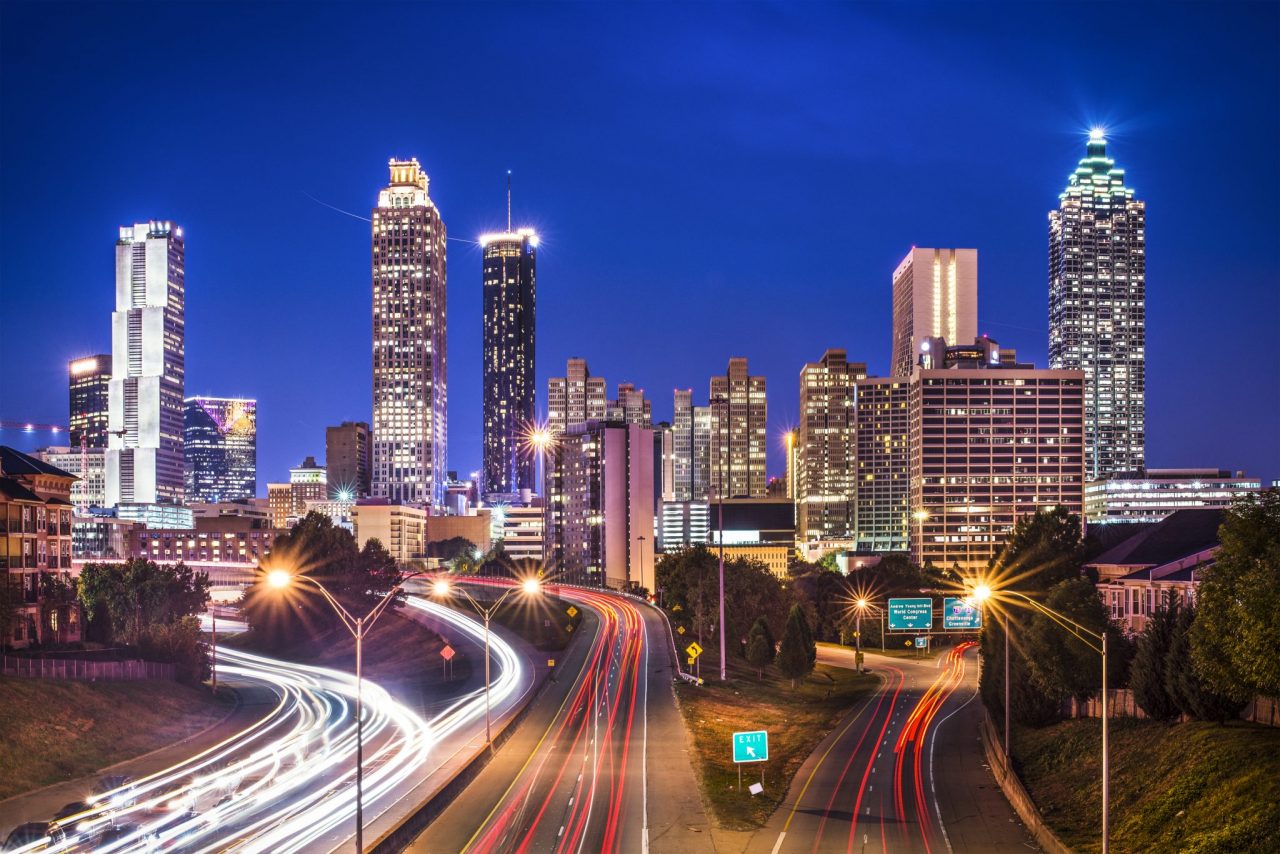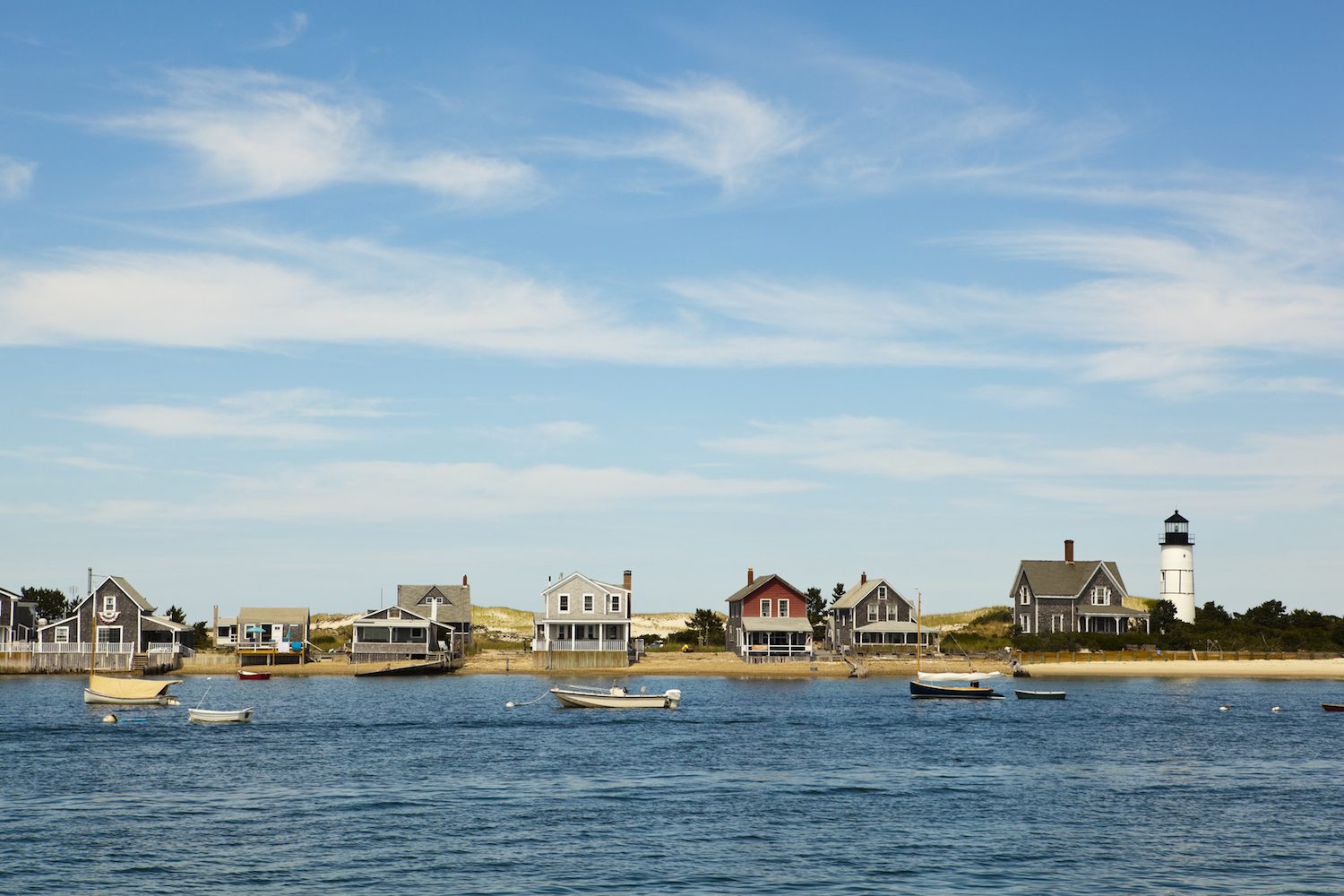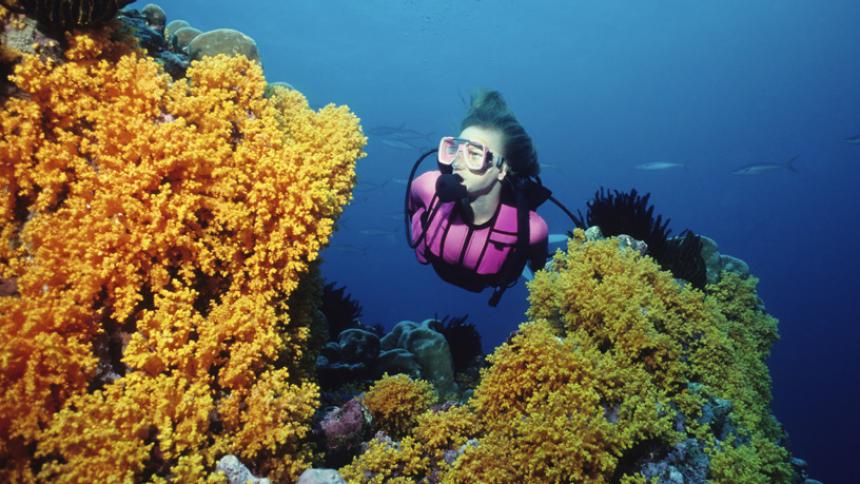This relatively remote national park, situated on the picturesque island of Maui, promises a true taste of Hawaii. With a vast array of native plants and animals, plus a wealth of ways to explore the great outdoors, it’s a great choice for experienced and novice hikers alike. Throughout the year, visitors can take advantage of various educational programs that celebrate the area’s cultural and geographical history. The park is open to the public 24/7, so there’s never a bad time to plan a visit, though temperatures can be quite cold in the higher elevations all year round.
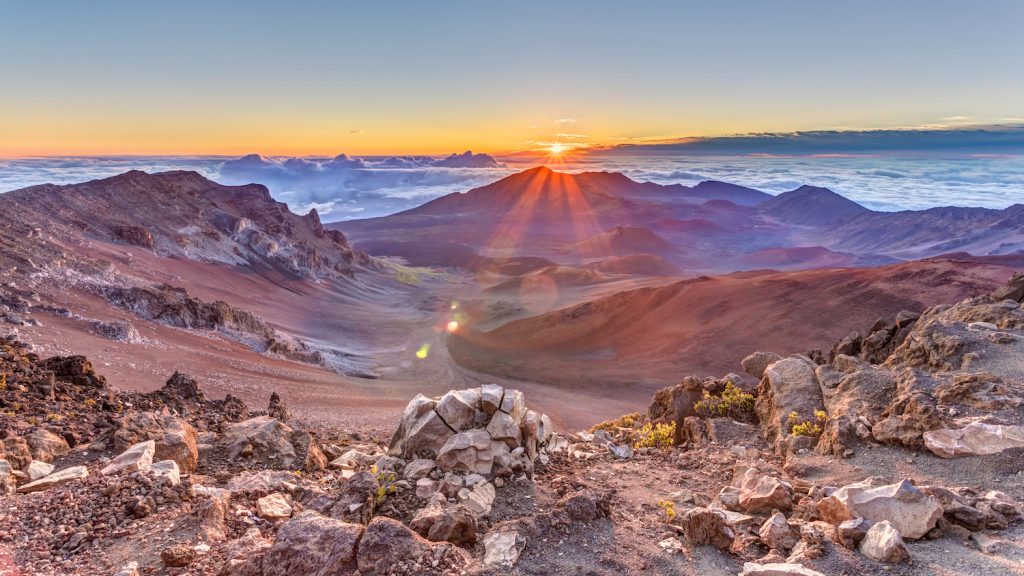 Mountain climbers will have their pick of the Summit Area and the Wilderness Area. The Summit Area’s incredible landscape is composed of cinder desert, shrubland, and forest. There are nearly 40 miles of trails to navigate, and there’s typically a daily ranger-guided expedition of this section of the park. You can also day hike in the Wilderness Area, making your way through the desert terrain and more lush regions as well.
Mountain climbers will have their pick of the Summit Area and the Wilderness Area. The Summit Area’s incredible landscape is composed of cinder desert, shrubland, and forest. There are nearly 40 miles of trails to navigate, and there’s typically a daily ranger-guided expedition of this section of the park. You can also day hike in the Wilderness Area, making your way through the desert terrain and more lush regions as well.
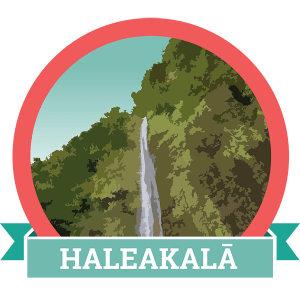
For a change of pace, the coastal Kipahulu Area is where the gorgeous green rainforest meets flowing streams. There are four trails to choose from, with the Kuloa Point Trail being a good option for first-timers, and the Pipiwai Trail providing a solid challenge for more advanced trekkers. You can also explore this trail with a guide, every Sunday at 10 AM. However, you must make a reservation one week prior to your planned visit.
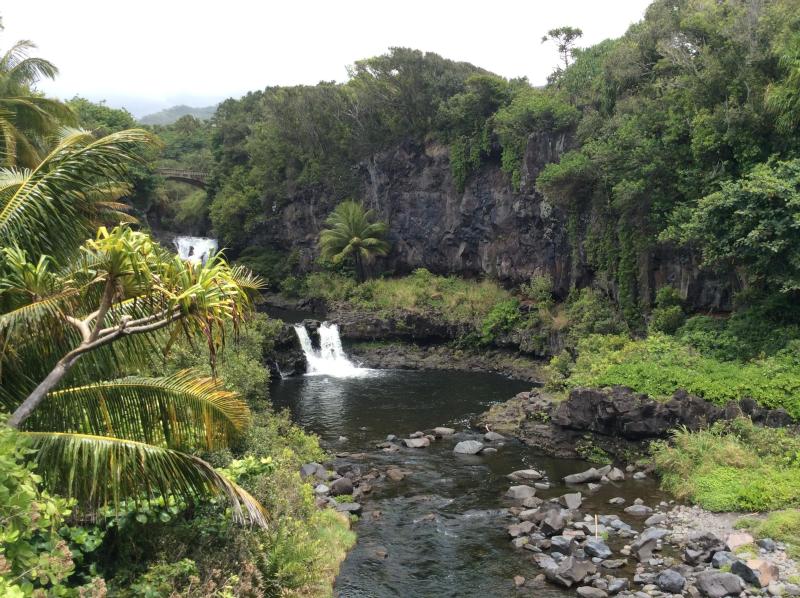
Jackie Frost / NPS Photo
Good old-fashioned stargazing is often a forgotten pastime. However, if you find yourself in the Summit District of the park after dusk, stick around for a beautiful, one-of-a-kind view of the night sky. All areas of the park offer drive-up campgrounds for overnight stays, and the Wilderness Area also features three cabins that can be rented in advance.
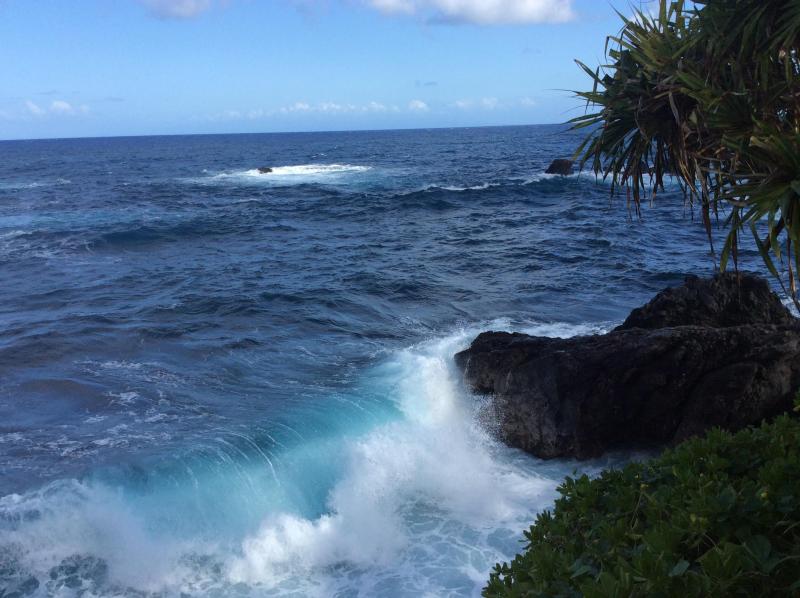
Jackie Frost / NPS Photo
One thing to keep in mind is that while Haleakala National Park is in tropical Hawaii, the weather conditions can be unpredictable. In addition, the park is quite isolated from any major commercial center — at least a 30-minute drive. Finally, there is no food or drink for sale in the park. If you plan to visit, make sure you bring the essentials like snacks, sun protection, jackets, good walking shoes, and plenty of water to ensure a safe and fun experience.


